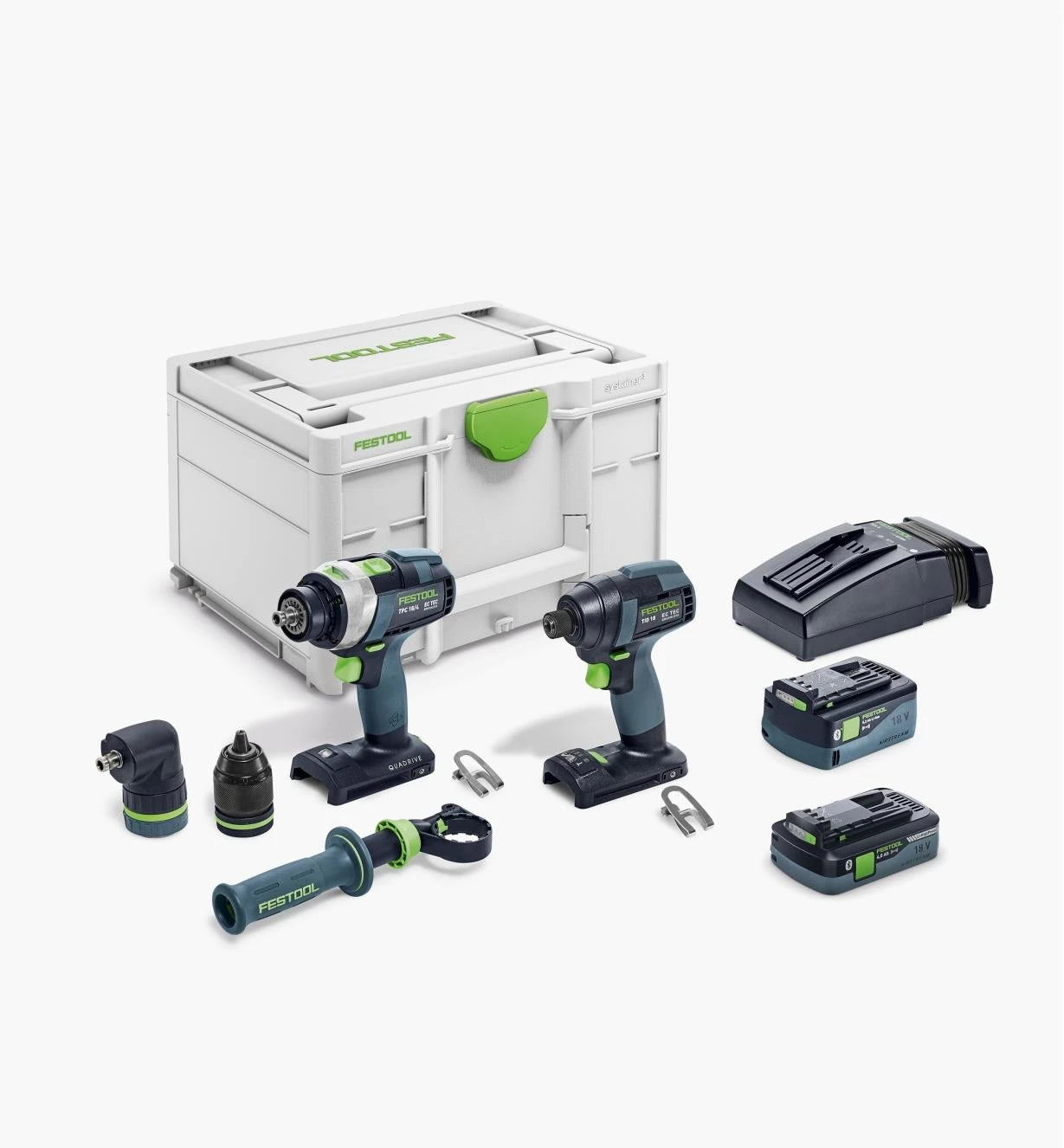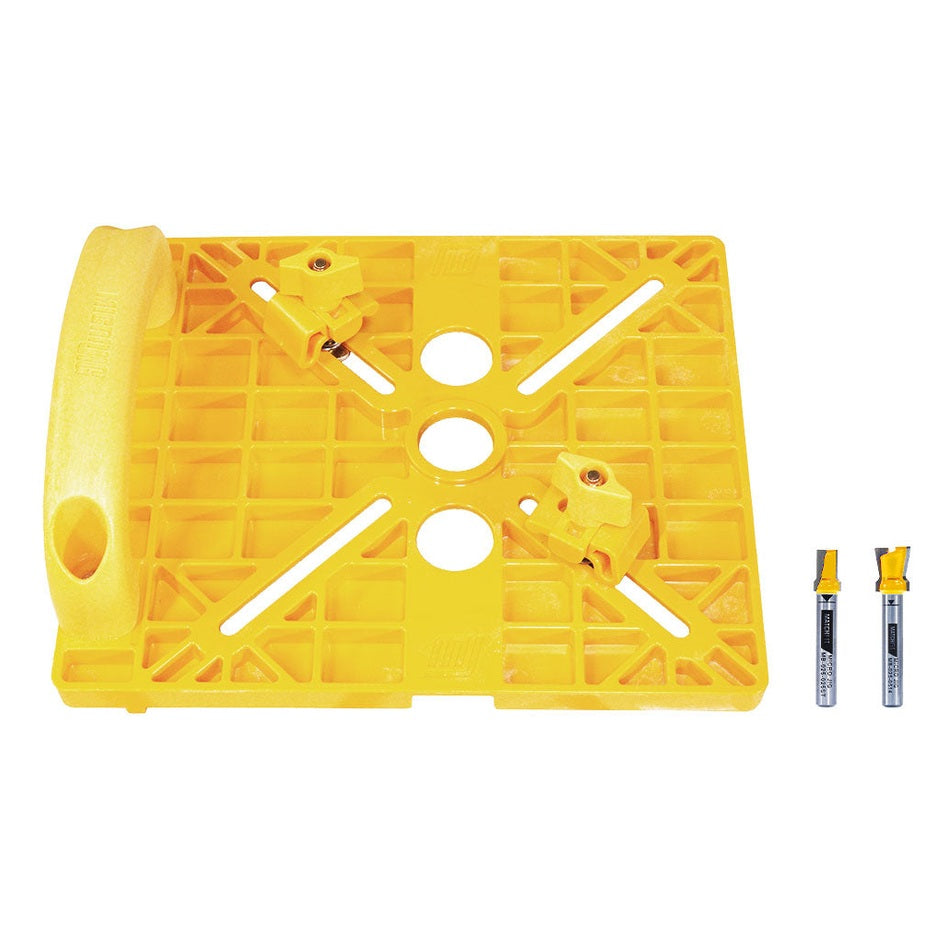 Proudly Canadian Owned
Proudly Canadian Owned& Operated Since 1994
 Proudly Canadian Owned
Proudly Canadian Owned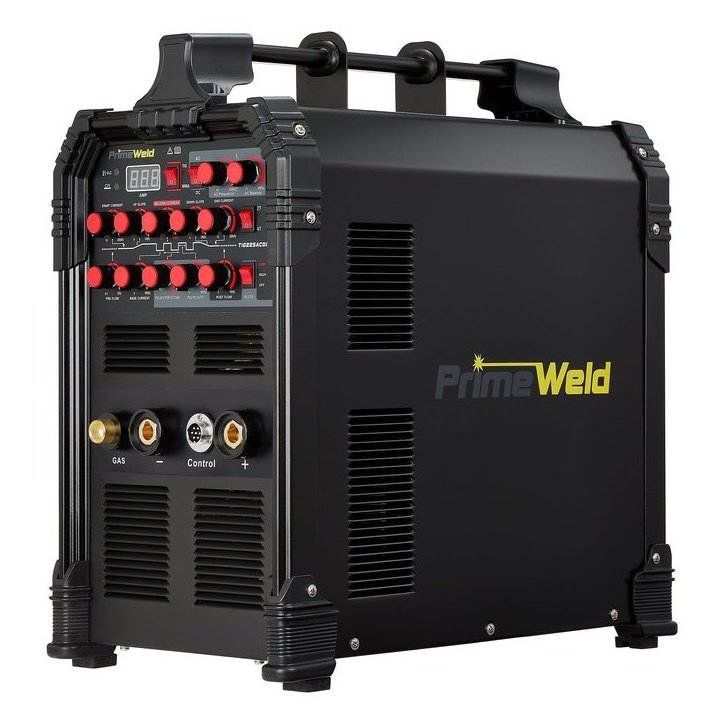 Metalworking
Metalworking
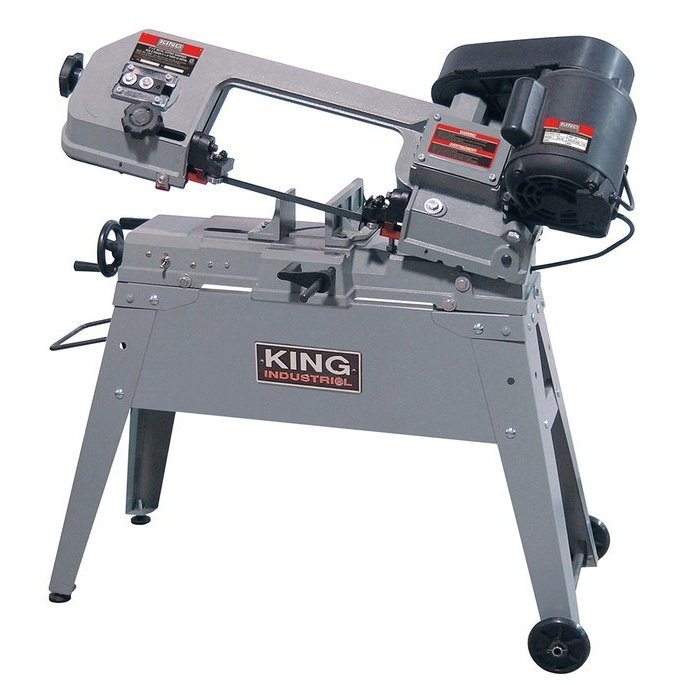 Machinery
Machinery
 Benders and Notchers
Benders and Notchers
 Welding
Welding
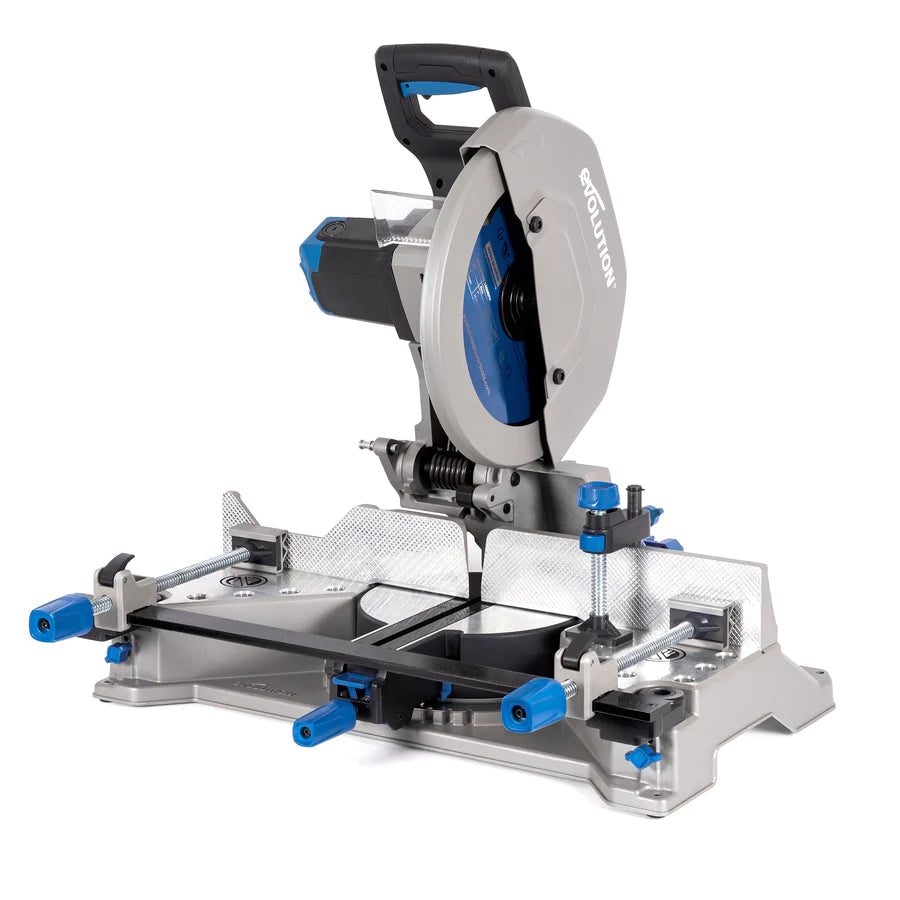 Dry Cut Saws
Dry Cut Saws
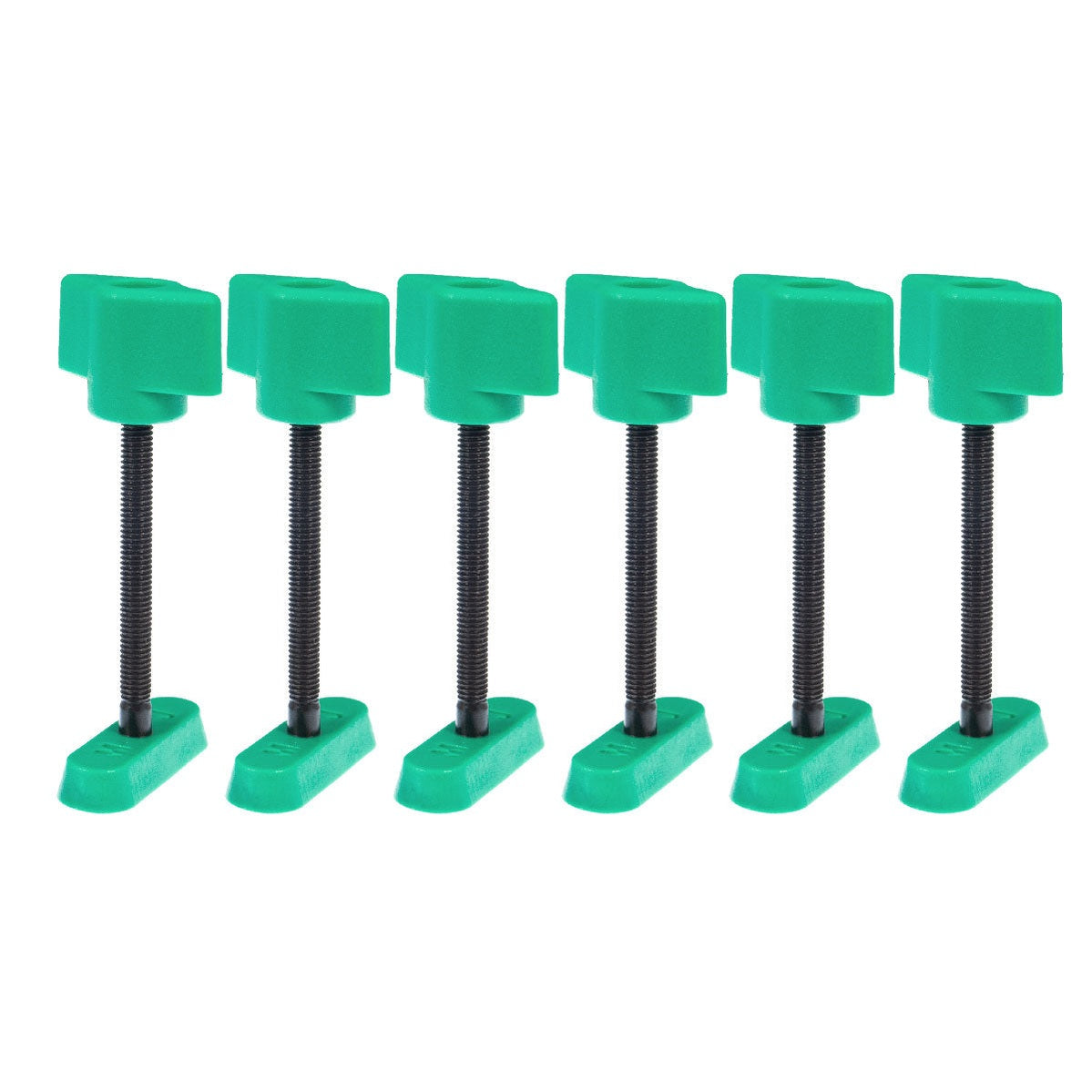 Clamps And Hold Downs
Clamps And Hold Downs
 Woodworking
Woodworking
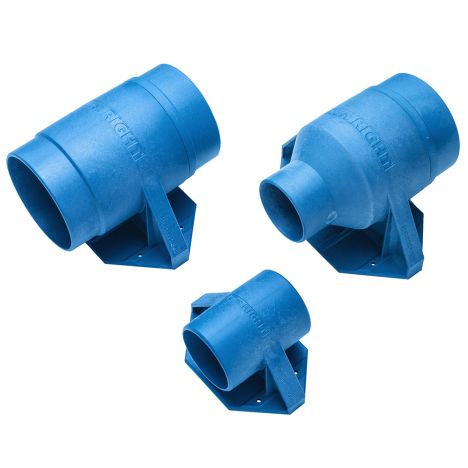 Dust Collection & Air Filtration
Dust Collection & Air Filtration
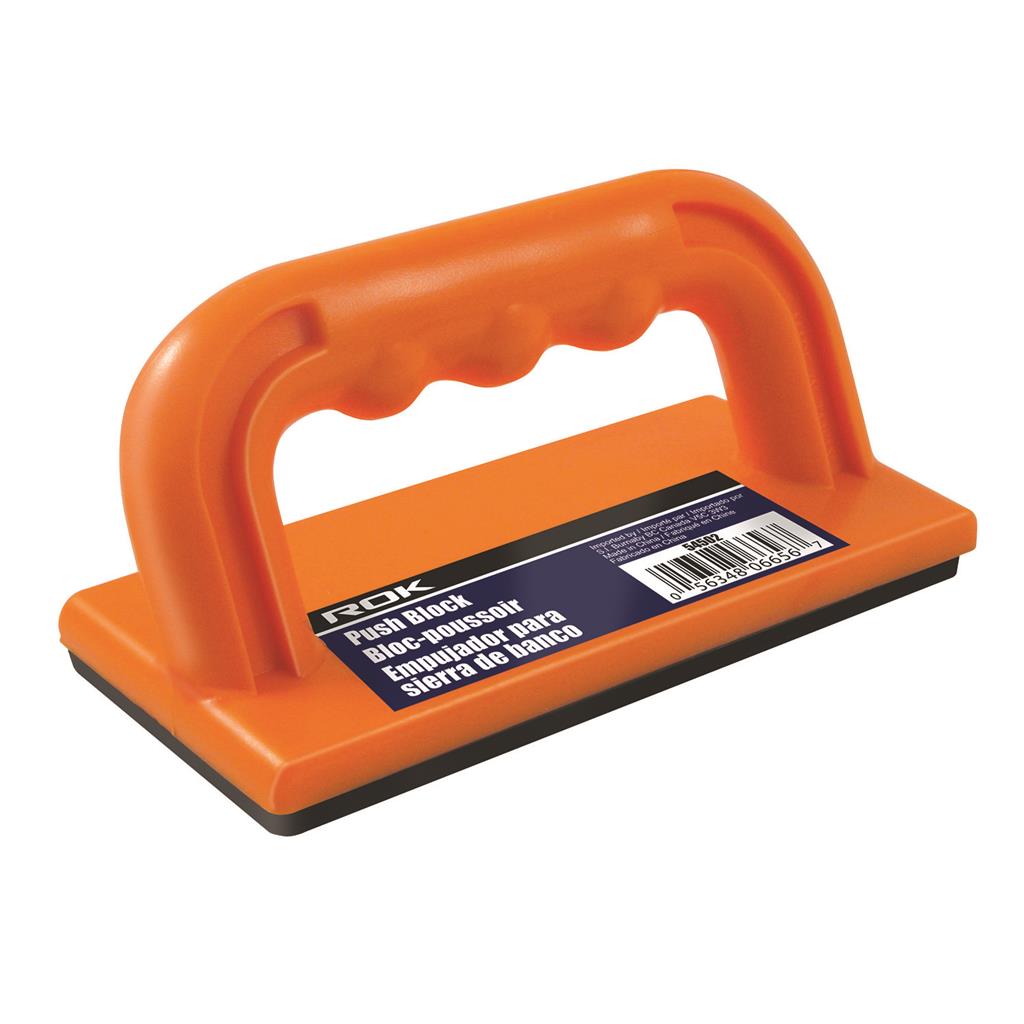 Accessories
Accessories
 Measuring, Marking & Layout
Measuring, Marking & Layout
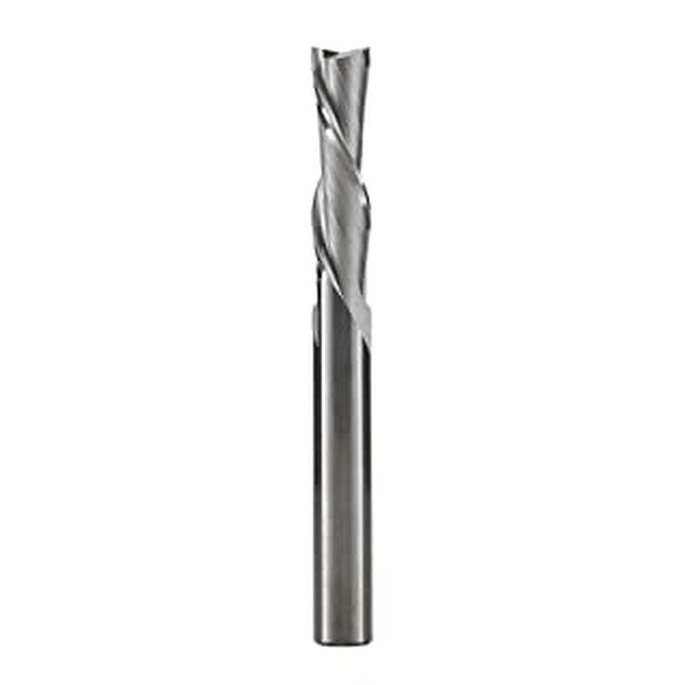 Bits & Blades
Bits & Blades
 Supplies
Supplies
Sign up for our newsletter to save $10 off your first order of $50 or more.
Be the first to know about exclusive discounts, new arrivals, sales, and special events. Don’t miss out on the latest updates!
You may check out all the available products and buy some in the shop
Return to shop

Sign up for our newsletter to save $10 off your first order of $50 or more.
Great machine at an affordable price.
Great cover fast shipping. Thanks
Great stuff fits well. Thanks
Great product to use as an extra set of hands while putting together cabinets. Highly recommend. I wish the 1/2" clamps were available.
Well written instructions. Easy to use.

